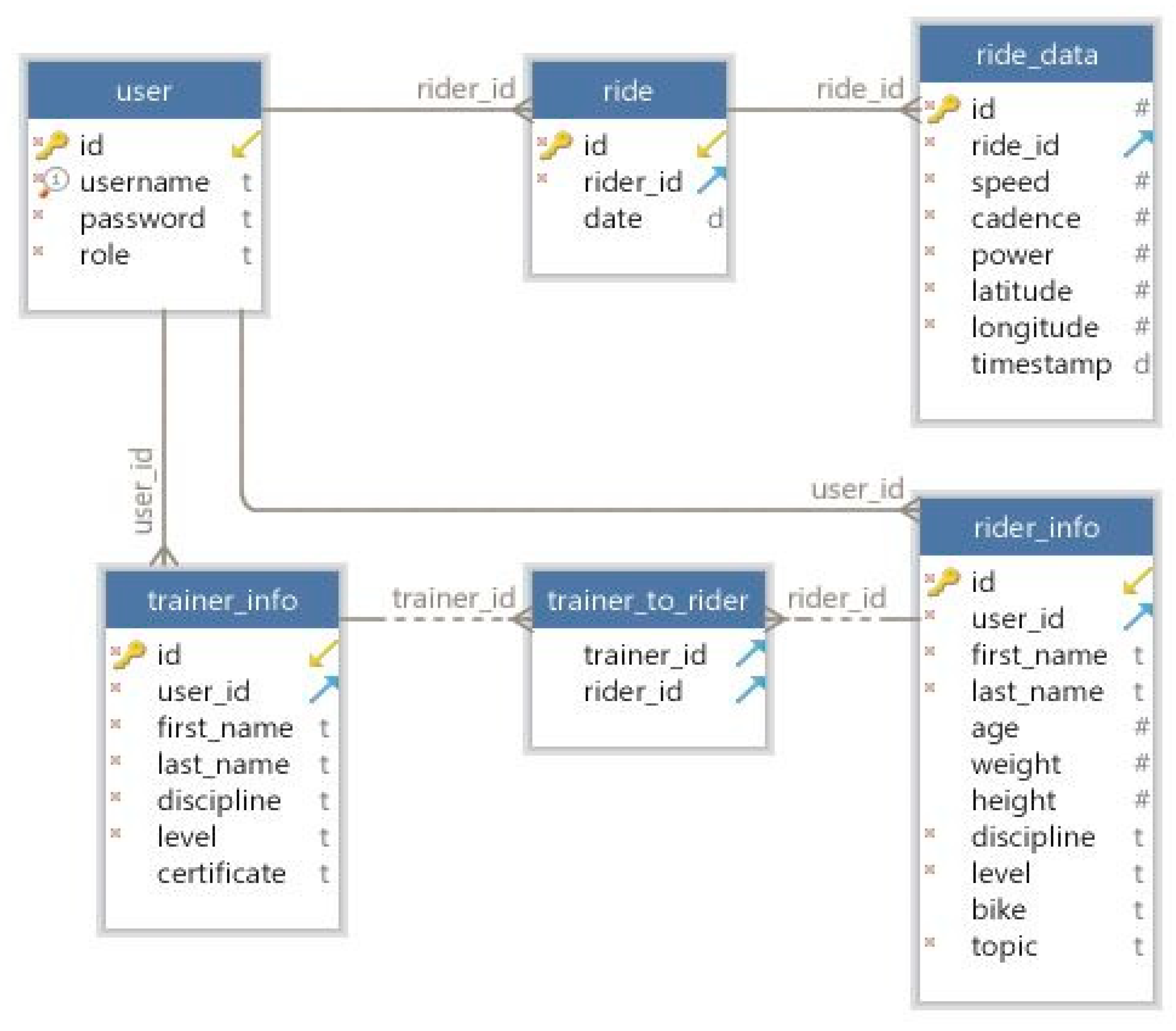
NOTE: the IN/OUT keywords MUST be uppercase. When loading your model file pgModeler will complain about the absence of the above function, this because the signature is not generated without IN/OUTs anymore and you will have to fix each objects that references the above function updating the reference tag from: To get it working in IE you could do this (Polyfill from MDN): if (!Date.It's current signature (on dbm file) will be: public.func_name(integer,integer)

Some nerdy alternative by Derek 朕會功夫 taken from the comments below this answer: new Date/1e3|0 Math.floor() solution: Math.floor(Date.now() /1000) Warning: it might break in 2038 and return negative numbers if you do the |0 magic. Quick and dirty solution: Date.now() /1000 |0 Feel free to ask questions if anything is unclear I provide multiple solutions with descriptions in this answer. Which you can then convert to seconds like this: Math.round(new Date().getTime()/1000)Īnd you can also use the valueOf method which we showed above: new Date().valueOf() However, if you don't want a shim & maximum compatibility, you could use the "old" method to get the timestamp in milliseconds: new Date().getTime()

So for example, a role model of medical students may be a doctor who. It first appeared when Merton studied some medical students and found that individuals compare themselves with reference groups of people who occupy the social role to which the individual aspires. It's slightly better because it's shorter & doesn't create a new Date object. He actually invented the phrase role model and the other phrases we just heard. I would recommend using Date.now() (with compatibility shim). (also see this answer or this with further explaination to bitwise operators). Which should be slightly faster, but also less readable. Or alternatively you could use: Date.now() / 1000 | 0 To get the timestamp in seconds, you can use: Math.floor(Date.now() / 1000) You can easily make a shim for this, though: if (!Date.now) On almost all current browsers you can use Date.now() to get the UTC timestamp in milliseconds a notable exception to this is IE8 and earlier (see compatibility table). Syntax: Timestamp (Field name, ‘Format to be used’) as new field. By using this timestamp function, it will convert time and date into number format. Hence in both: k/n workers fail -> triggers an agent shutdown -> terminates all other workers. A unary operator like plus triggers the valueOf method in the Date object and it returns the timestamp (without any alteration). Timestamp Function: Timestamp() evaluates an expression as a date and time value, in the timestamp format set in the load script or the operating system, unless a format string is supplied. iirc this is the default behavior with since the elastic agent properly sets the PRSETPDEATHSIG on the worker procs at the time of Popen/spawn.


 0 kommentar(er)
0 kommentar(er)
